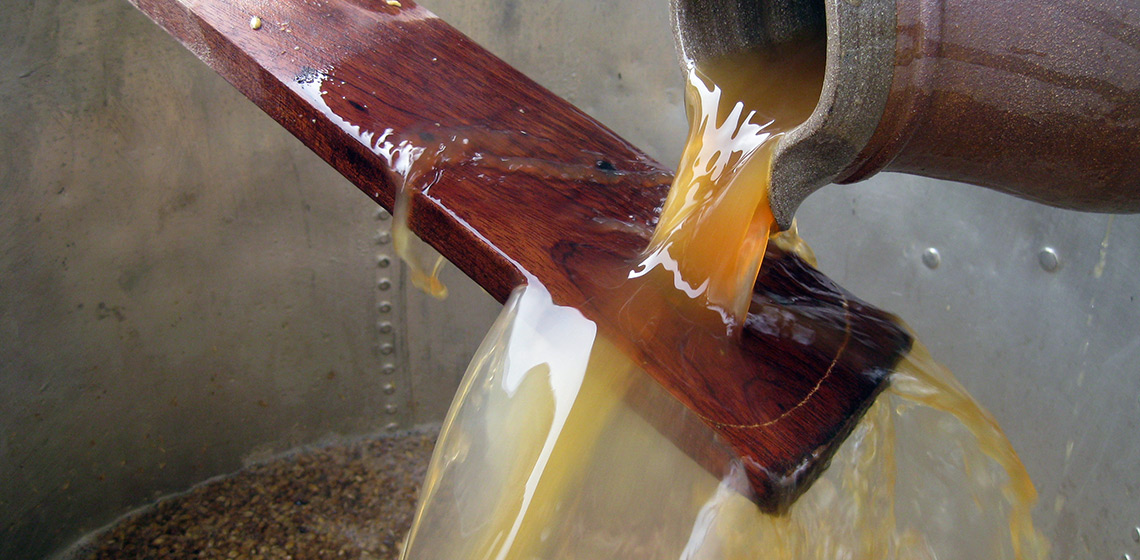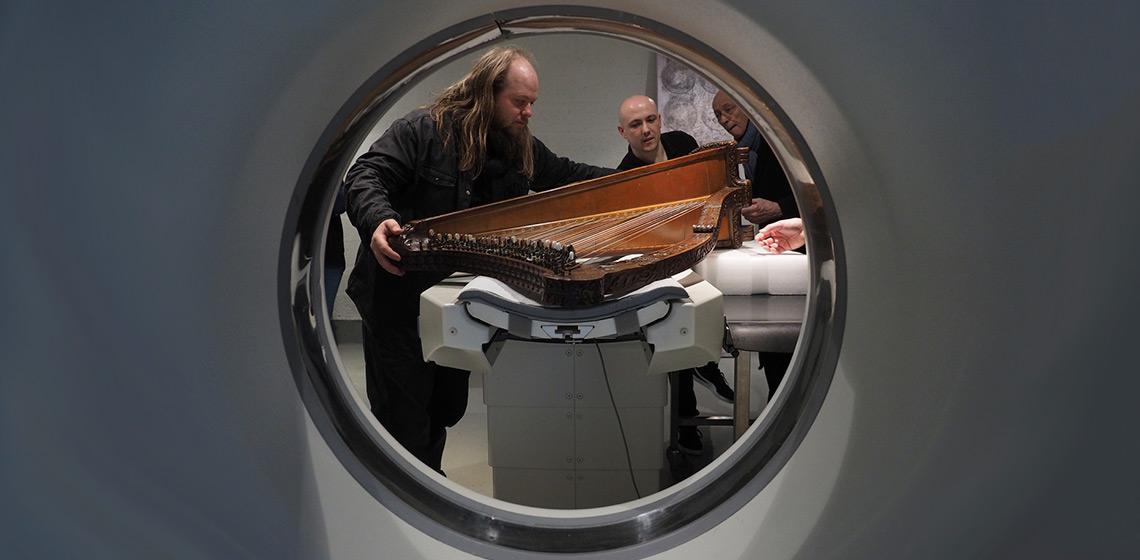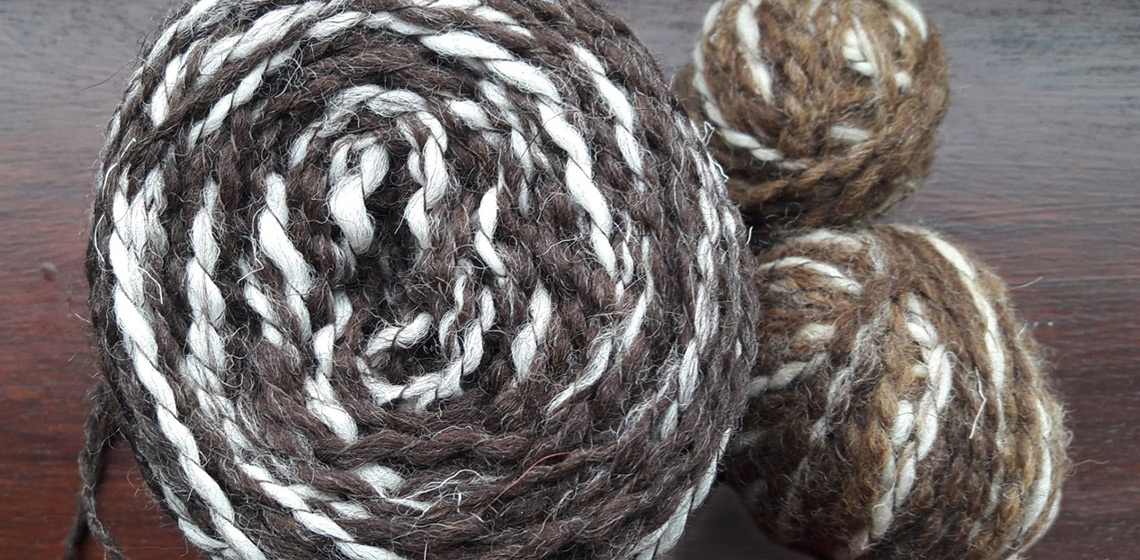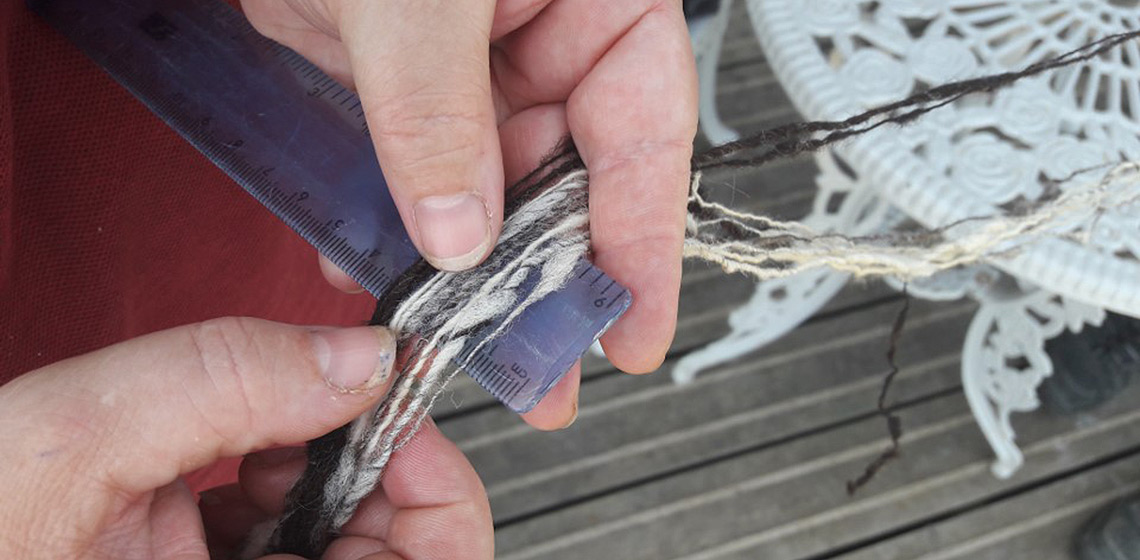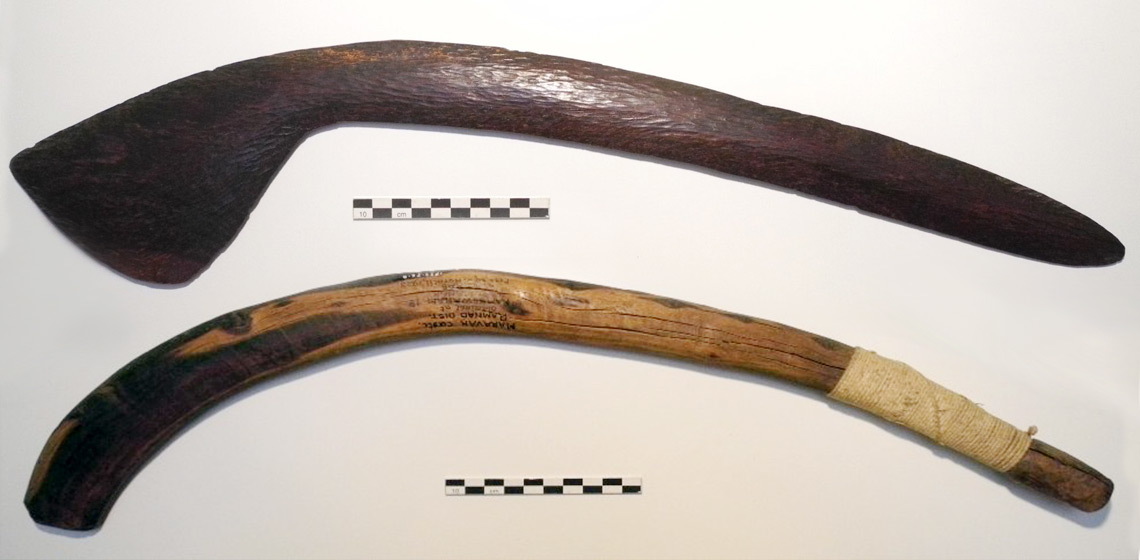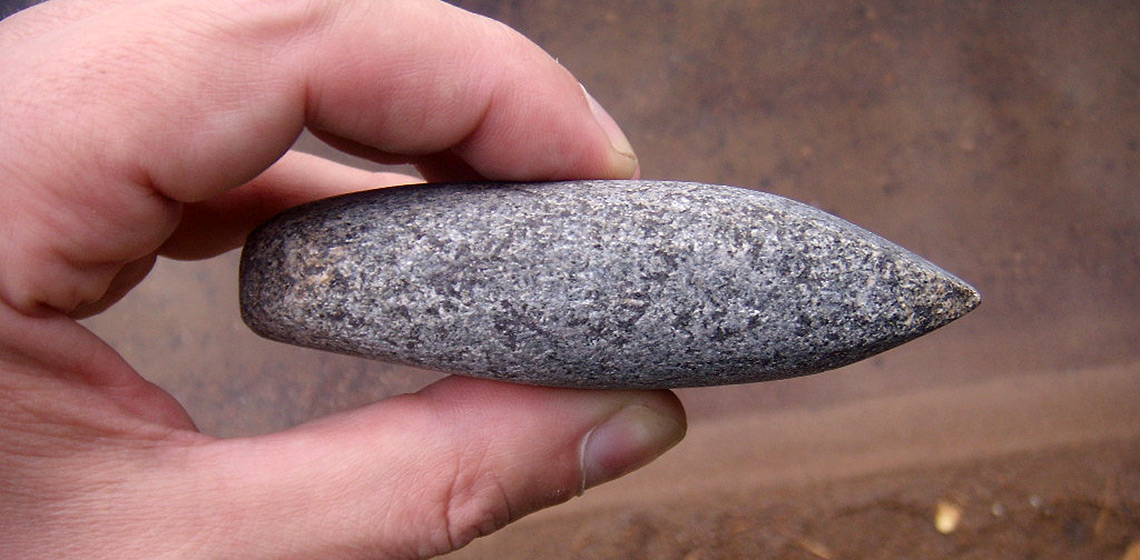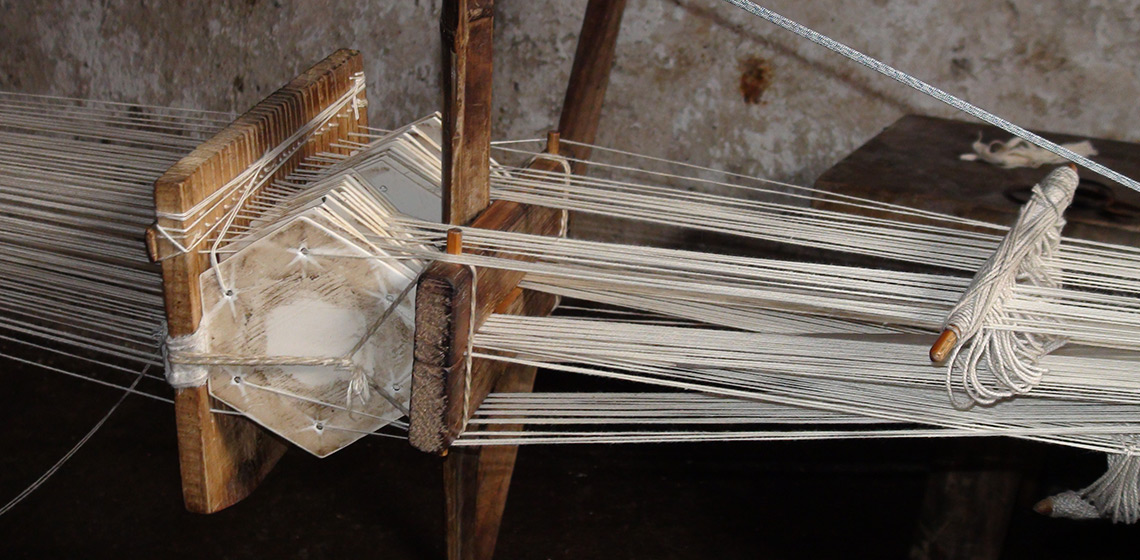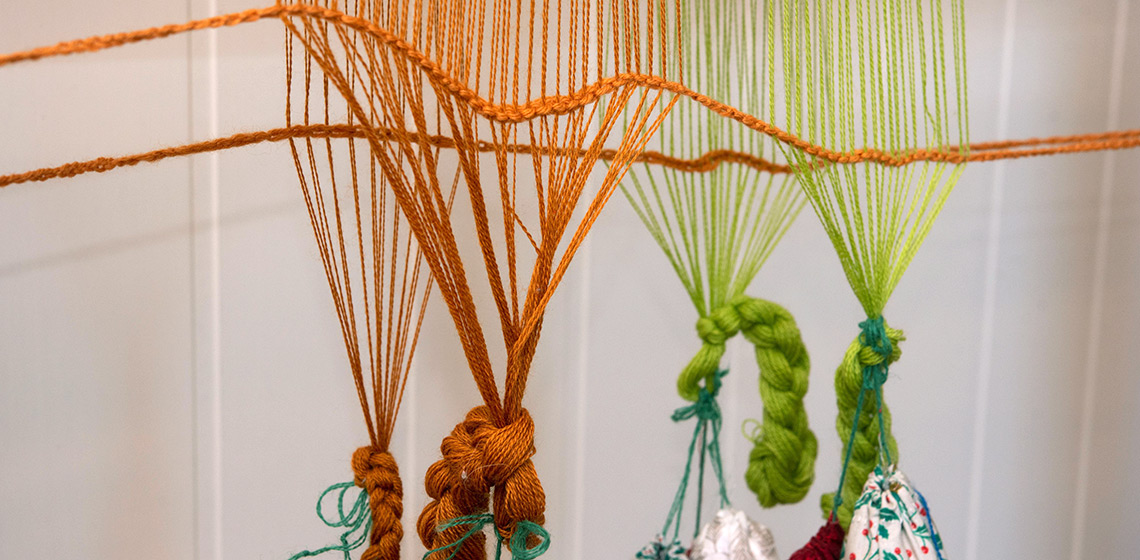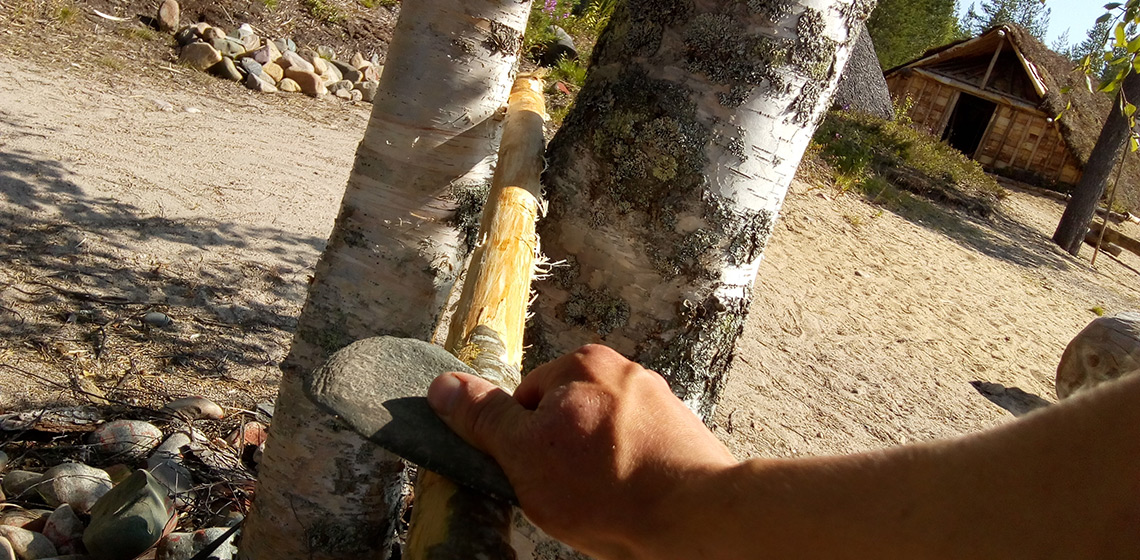Ancient Technology
Priae (FR)
The Research Center for Interpretation and Experimental Archeology (Pôle de recherche, interprétation et archéologie expérimentale, PRIAE) is a international initiative.
Research, interpretation and experimental archeology center - its main objective is to increase the knowledge about the musical practice of Antiquity and the Middle Ages, as we ll as the inventory, study and valuation of artefacts adjoining.
Just how practical is it to Move a Warp-weighted Loom from between the Interior and Exterior of a Roundhouse?
Weaving Production in Butser Ancient Farm Roundhouses in the South of England
The Process of Making Schist Axes of Paja Ul Deˀŋ – “The People of Big Water”
A Shared Warp: The Woven Belts of the Lao Han People, China
The renowned weaver Peter Collingwood briefly mentioned such belts in his book The Techniques of Tablet Weaving (Collingwood, 1982, pp.219-220). Not long before he died in 2008, he contributed a couple of pages on these belts to the book Minority Textile Techniques: Costumes from South-West China (Collingwood, 2007, pp.28-29).
The Shroud of Turin and the Extra Sheds of Warping Threads. How Hard can it be to Set up a 3/1 Chevron Twill, Herringbone on a Warp-weighted Loom?
Neolithic Bow Build at Kierikki Stone Age Centre (FI)
Techno-functional Study of the Personal Ornaments in Lignite of the Boira Fusca Cave (Cuorgnè, Torino-Italy)
***This paper aims to present a techno-functional study of lignite ornamental objects found during the Fedele excavations (1977-1980) in the Boira Fusca Cave (Cuorgnè, Salto-Turin, Italy). The site demonstrates a chrono-cultural sequence which extends from the late Palaeolithic to the Modern era...

